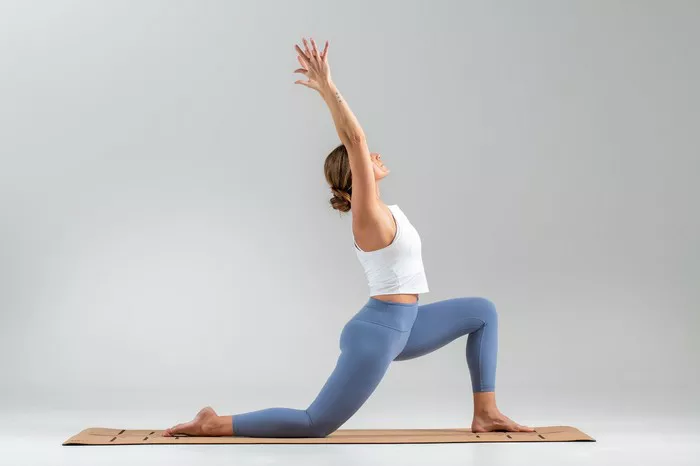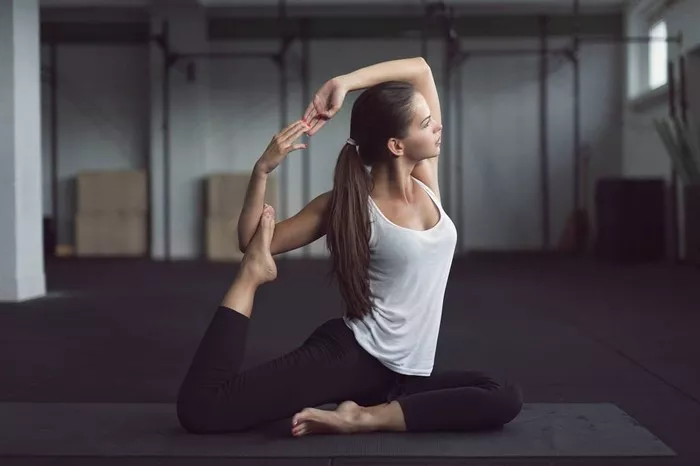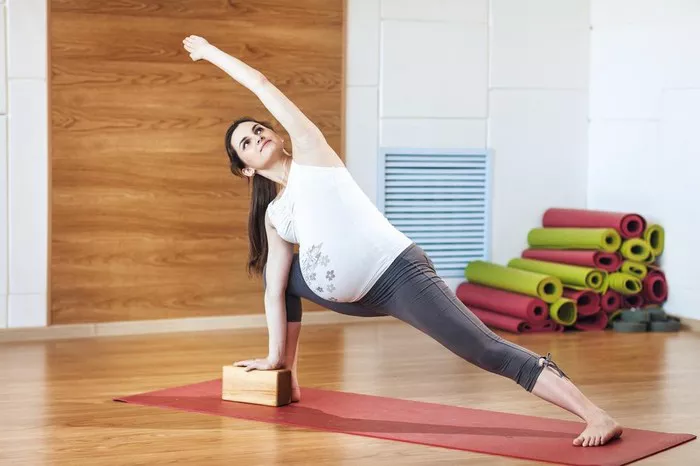Yoga, an ancient practice originating from the Indian subcontinent, is not merely a physical exercise but a holistic approach to wellness encompassing the body, mind, and spirit. Among its myriad poses, the lunge pose stands out as a cornerstone, embodying both strength and flexibility. In this comprehensive guide, we delve into the origins, symbolism, benefits, variations, step-by-step instructions, and precautions of the lunge pose, shedding light on its profound significance in the realm of yoga practice.
Origins and Symbolism
The lunge pose, known as “Anjaneyasana” in Sanskrit, derives its name from the legendary figure Anjaneya, the son of Anjana and the wind god Vayu in Hindu mythology. Anjaneya, also revered as Lord Hanuman, is depicted in various texts and artworks as a symbol of courage, devotion, and service. The posture is believed to mimic the stance of Hanuman as he leaped across the ocean to reach Lanka in the epic Ramayana, showcasing unwavering determination and commitment.
Symbolically, the lunge pose represents a journey—both physical and spiritual. It embodies the idea of moving forward with purpose, leaving behind what no longer serves us, and embracing new possibilities with an open heart. Just as Hanuman embarked on a mission to rescue Sita, the lunge pose encourages practitioners to embark on their own inner quest, confronting challenges with resilience and grace.
Physical and Mental Benefits
The lunge pose offers a plethora of physical and mental benefits, making it a staple in yoga practices worldwide.
1. Strengthens Lower Body: By engaging muscles in the legs, hips, and core, the lunge pose builds strength and stability, enhancing overall lower body endurance.
2. Improves Flexibility: Regular practice of the lunge pose increases flexibility in the hip flexors, quadriceps, hamstrings, and groin, promoting better range of motion and reducing the risk of injury.
3. Enhances Balance and Coordination: Balancing on one leg in the lunge position improves proprioception and coordination, fostering a greater sense of body awareness.
4. Stimulates Digestion: The gentle compression of the abdomen in the lunge pose stimulates digestive organs, aiding in digestion and relieving discomfort.
5. Calms the Mind: As a grounding posture, the lunge pose helps calm the mind, reduce stress, and cultivate a sense of inner peace and tranquility.
Variations and Modifications
Variations and modifications of the lunge pose cater to practitioners of all levels and accommodate individual needs and abilities.
1. Low Lunge (Anjaneyasana): The basic form of the lunge pose involves stepping one foot forward into a deep lunge while keeping the back knee lowered to the ground.
2. High Lunge (Crescent Lunge): In this variation, the back knee is lifted off the ground, intensifying the stretch in the hip flexors and quadriceps.
3. Twisted Lunge: By adding a spinal twist, practitioners can deepen the stretch in the torso and spine while improving spinal mobility and detoxification.
4. Supported Lunge: Using props such as blocks or bolsters can provide support and stability, making the pose more accessible for beginners or individuals with limited flexibility.
5. Dynamic Lunge Flow: Incorporating dynamic movements such as lunging in and out of the pose or adding arm variations can create a flowing sequence that builds strength and cardiovascular endurance.
Step-by-Step Instructions
Follow these step-by-step instructions to practice the lunge pose safely and effectively:
1. Begin in a standing position at the top of your mat with your feet hip-width apart and arms relaxed by your sides. Take a few deep breaths to center yourself.
2. On an inhalation, step your right foot forward, aligning your right knee directly over your right ankle. Keep your left leg straight and engaged, with the left heel lifted off the mat.
3. Lower your left knee to the ground, gently resting it on the mat. Ensure your left toes are untucked, providing a stable foundation.
4. Press into the soles of your feet as you engage your leg muscles to lift your torso upright. Draw your tailbone down towards the ground to lengthen your spine and engage your core.
5. On an inhalation, sweep your arms overhead, reaching towards the sky with your fingertips. Keep your shoulders relaxed and away from your ears.
6. Gaze forward or slightly upward, maintaining a steady breath and soft gaze. Sink deeper into the lunge, feeling a stretch in the front of your left hip and thigh.
7. Hold the pose for 30 seconds to one minute, breathing deeply and mindfully. To release, exhale as you gently lower your hands back down to the mat.
8. Step your right foot back to meet your left, returning to a standing position at the top of your mat. Repeat the sequence on the opposite side, stepping your left foot forward.
Precautions and Contraindications
While the lunge pose offers numerous benefits, it is essential to practice with mindfulness and awareness of any limitations or contraindications:
1. Knee Injuries: Individuals with knee injuries or conditions such as patellar tendonitis should exercise caution and avoid excessive pressure on the knees. Use props or modify the pose by placing a blanket or cushion under the knee for support.
2. Hip Flexor Strain: Those with hip flexor strain or tightness should approach the lunge pose with caution, avoiding deep or forceful stretching. Focus on maintaining proper alignment and gradually increasing flexibility over time.
3. High Blood Pressure: Individuals with high blood pressure should avoid holding their breath or straining in the lunge pose. Practice mindful breathing and avoid extreme variations that may elevate blood pressure.
4. Lower Back Issues: If you have lower back issues or discomfort, take care to engage your core muscles and avoid overarching the lower back. Modify the pose by keeping the hands on the ground or using props for support.
5. Pregnancy: Pregnant individuals should approach the lunge pose with caution, especially during the later stages of pregnancy. Avoid deep backbends or twists and listen to your body’s cues. Consider using props or practicing against a wall for added stability.
Conclusion
In conclusion, the lunge pose is a foundational yoga posture with profound physical, mental, and symbolic significance. By incorporating this pose into your practice with mindfulness and awareness, you can unlock its transformative potential and cultivate strength, flexibility, and inner resilience on and off the mat. Remember to honor your body’s limitations, listen to your breath, and embrace the journey with an open heart.

























